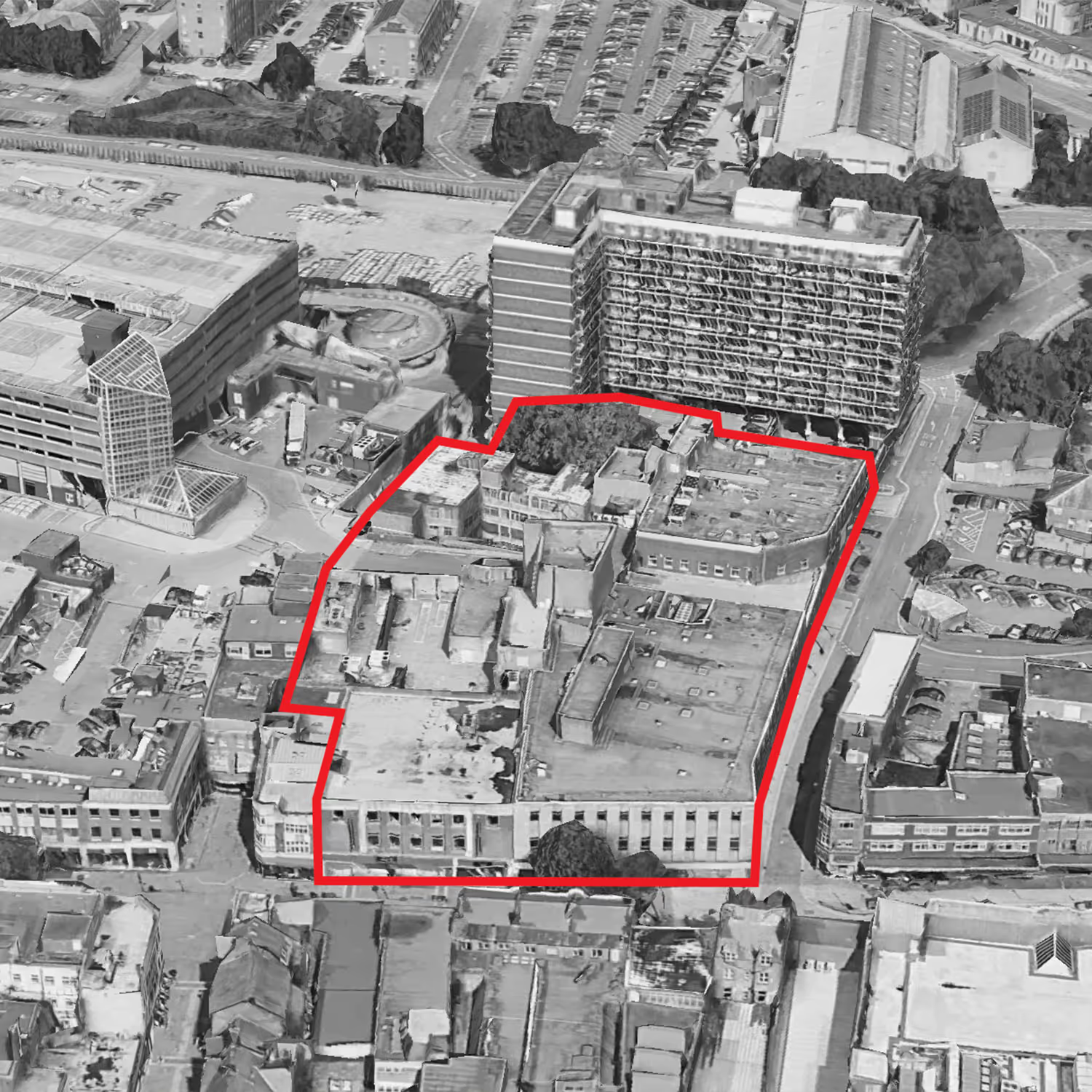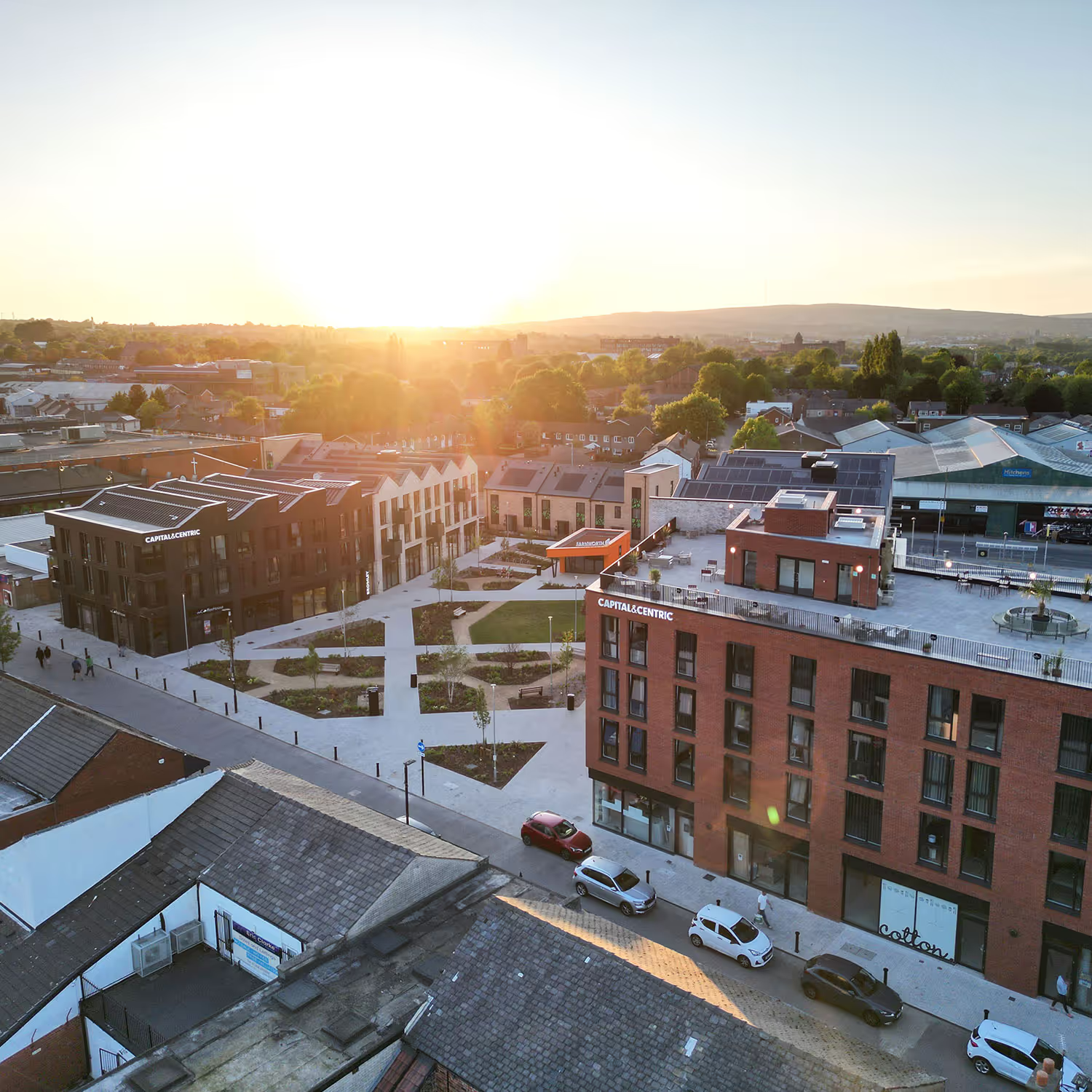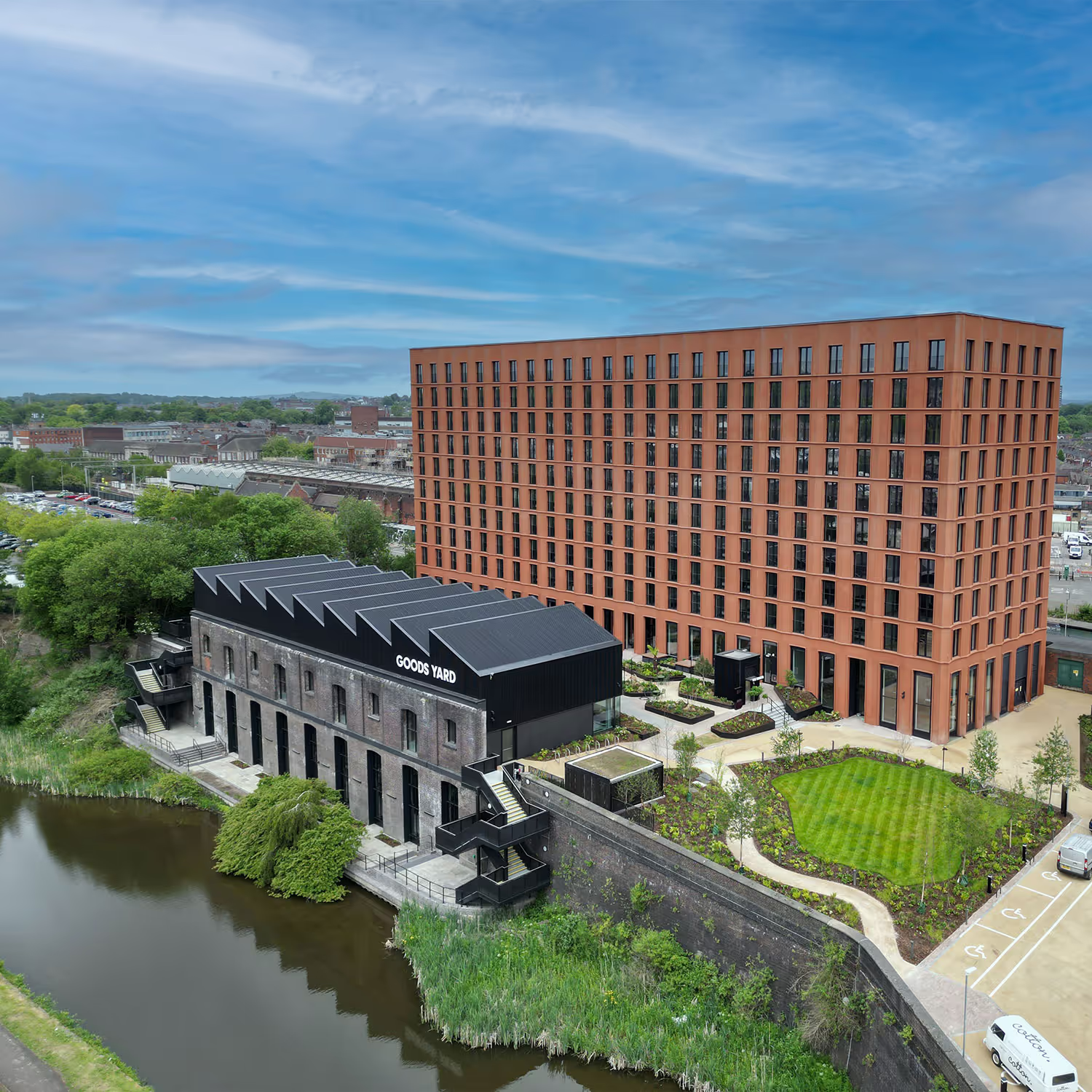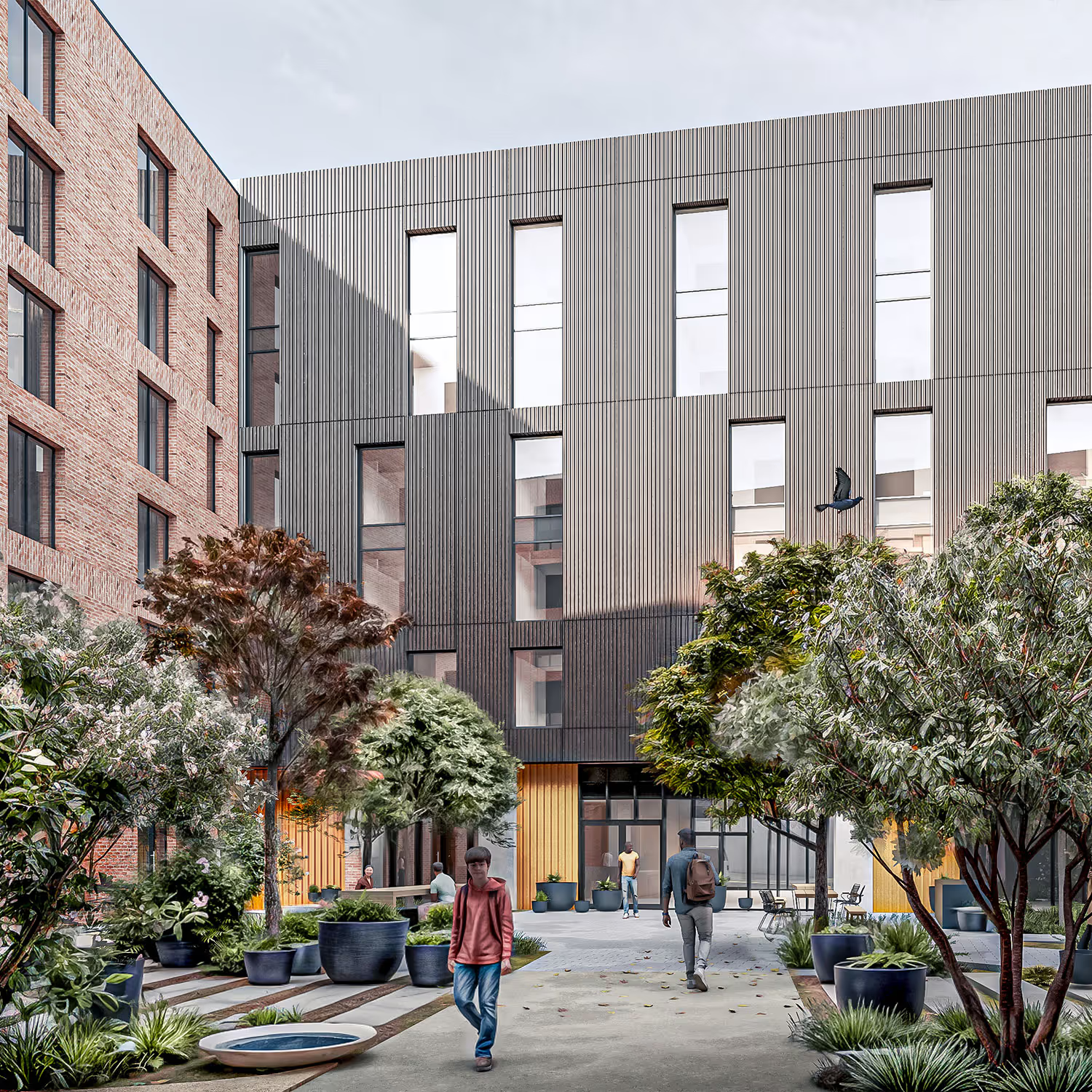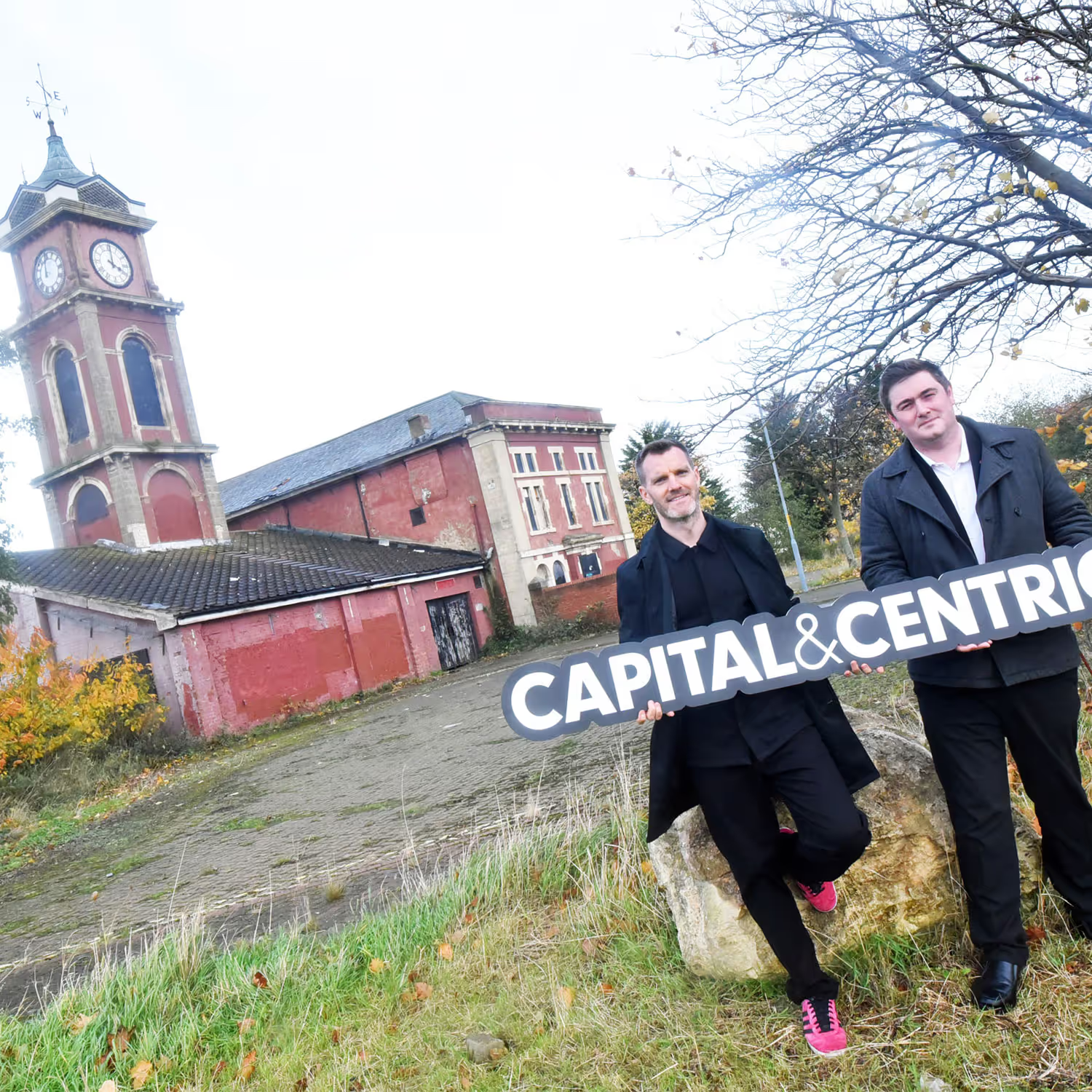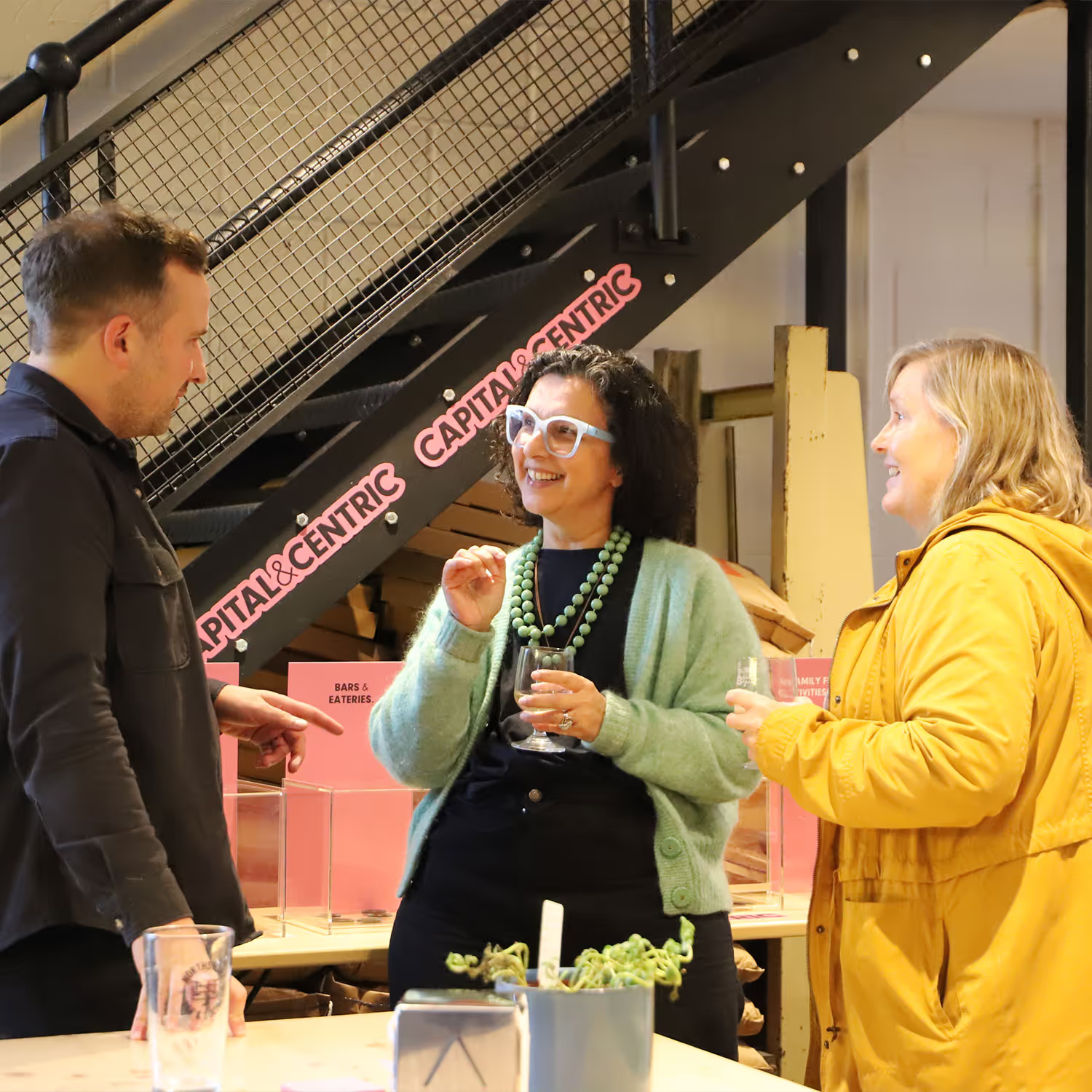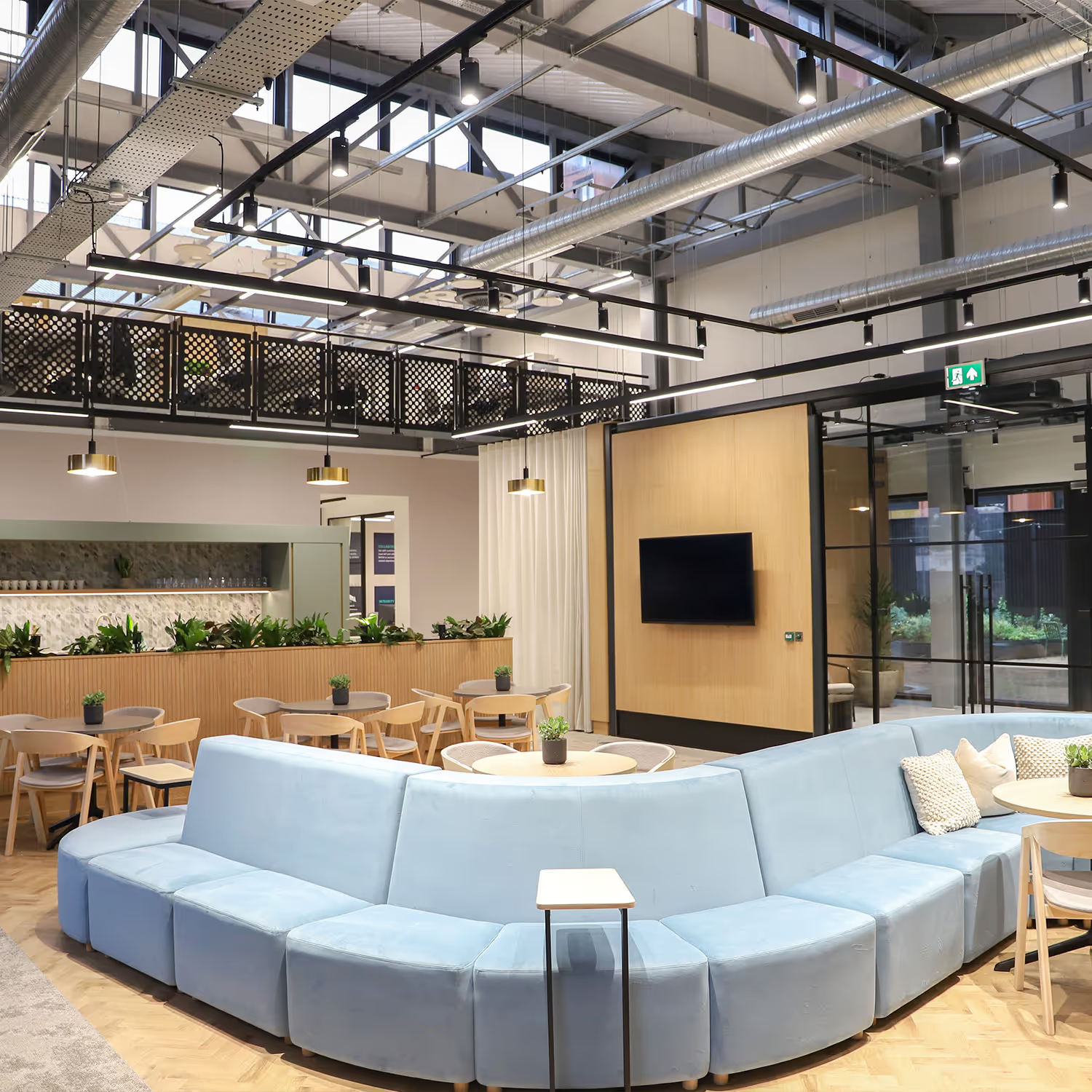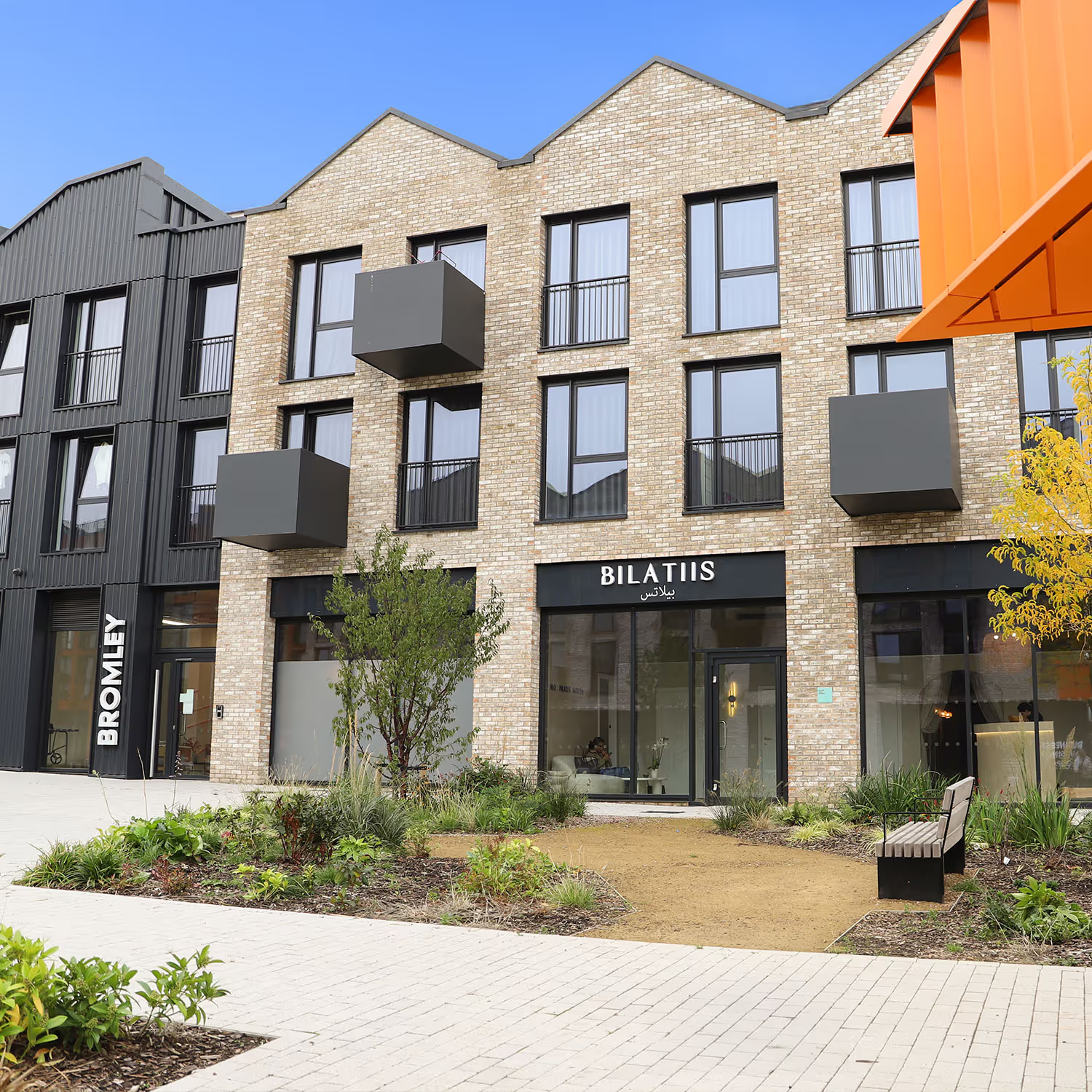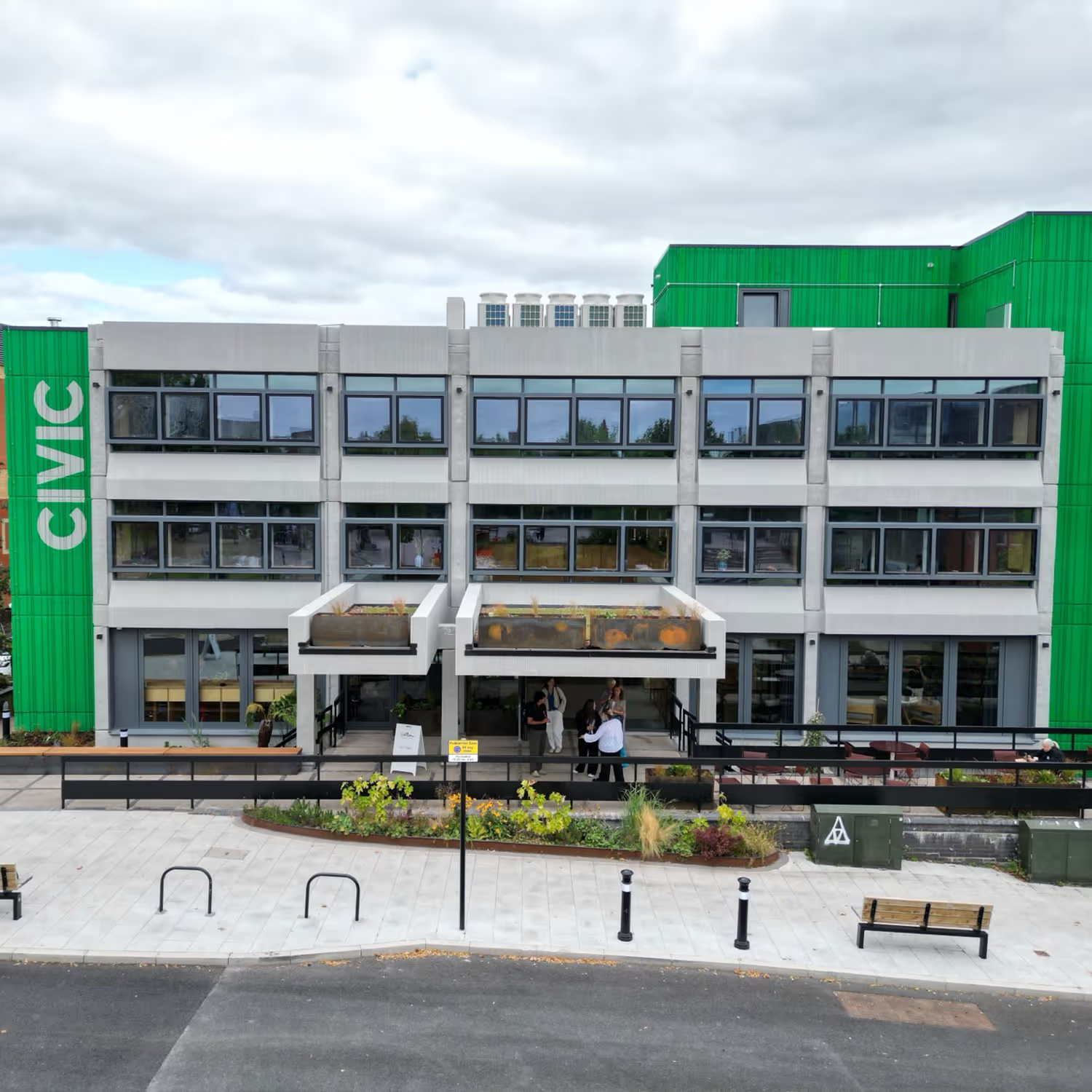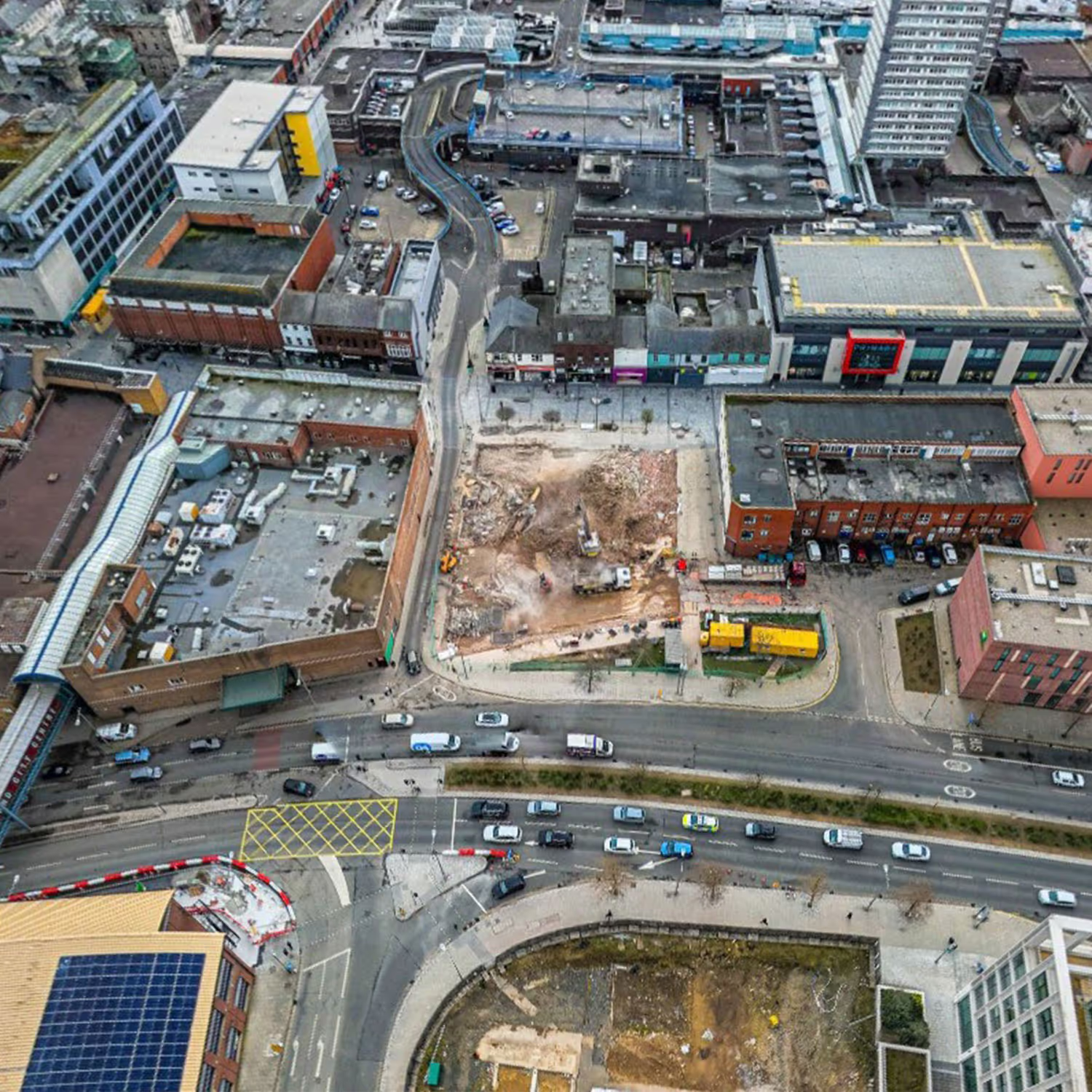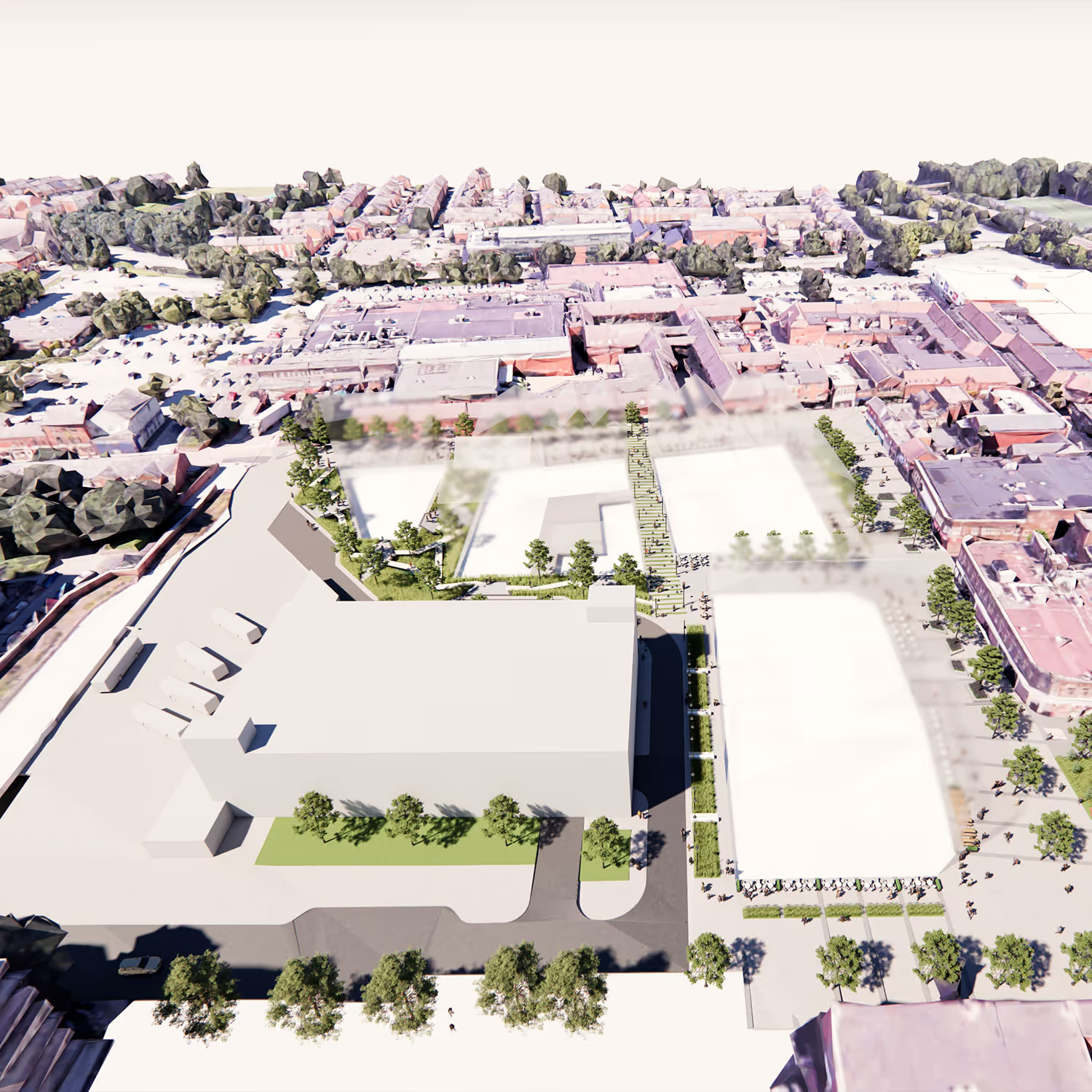Why property developers need to celebrate the role of city’s artists.
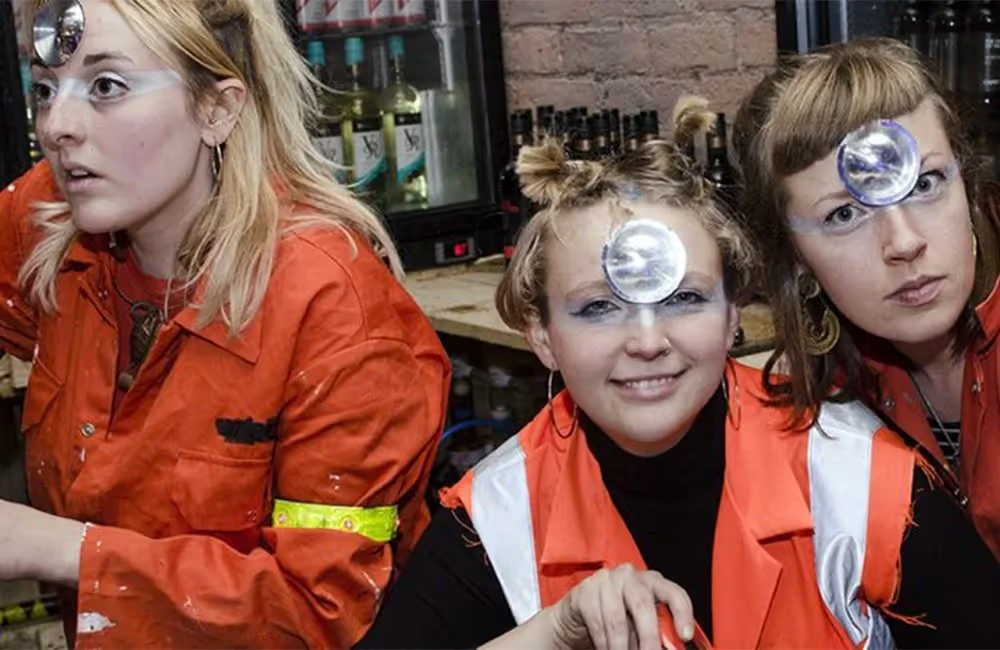
WRITTEN BY ADAM HIGGINS.
Drop into any property marketing suite in Manchester and it’s likely to feature some kind of art. Whether it’s a framed city skyline or abstract colour wash to set the mood – the path of developers selling an aspirational lifestyle is well-trodden. Developers in London have this licked. They’re often appealing to buyers wealthy enough to collect art. Some developers are even providing art consultants to purchasers and reinforcing walls to take heavy installations. Sure this has its place, but to us it feels a tad vacuous, if not elitist.
The cultural fabric of a city centre is weaved by the people who make and create there, it’s not reserved for those rich enough to invest. You can’t fake style by hanging a few Madchester records on the walls. It’s something that at Capital & Centric we’re acutely aware of.
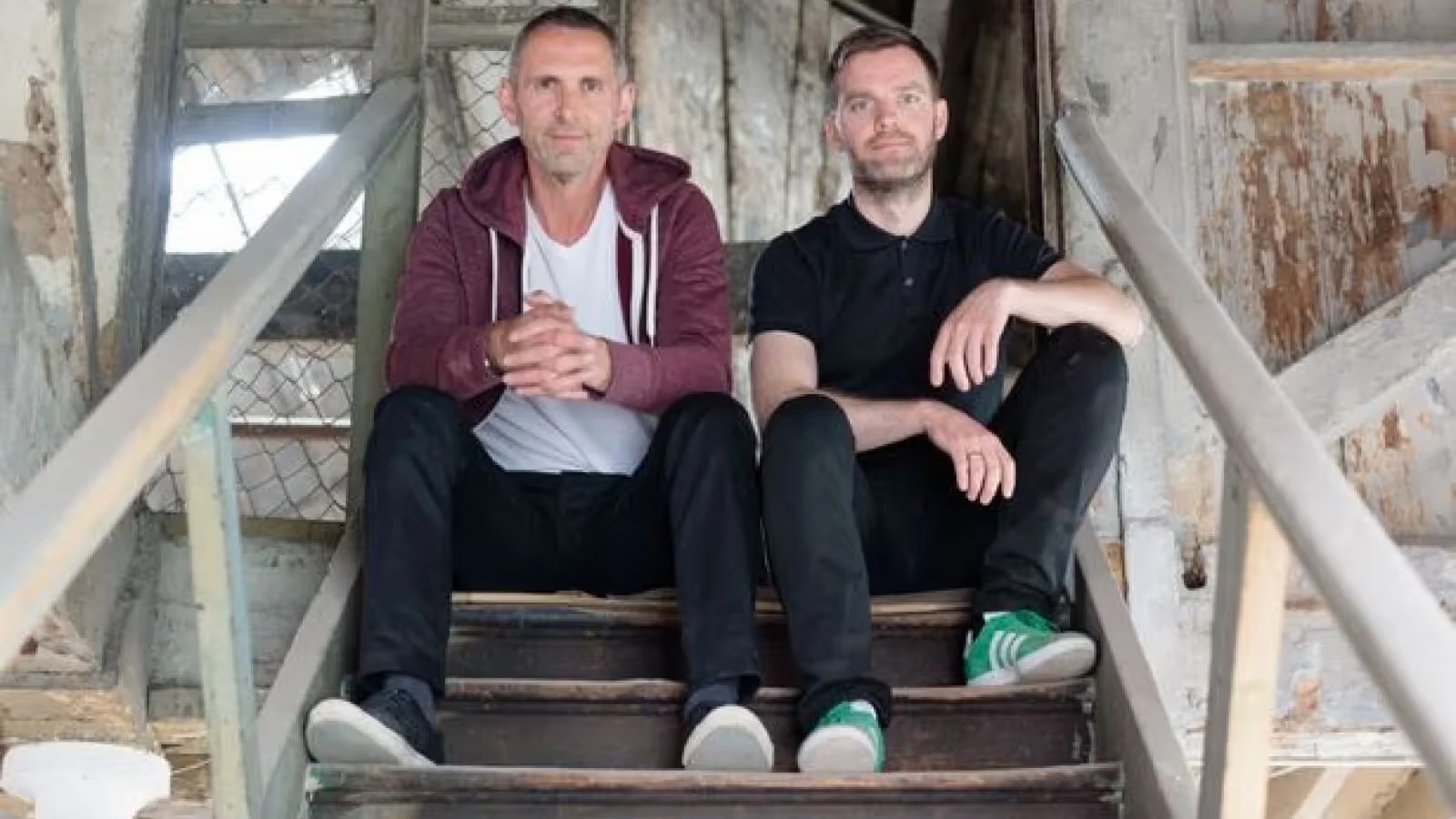
The decrepit and decaying buildings we take on have often been home to clusters of creatives, partly because they see inspiration in the dust and archaic working conditions, partly because it’s cheap. Although we’re there to restore and save these buildings for future generations, we need to strike a fine balance in recognising and celebrating the role of the city’s artists. Cornbrook Creative – the collective based at our Talbot Mill in Castlefield – transformed the 1855 textile mill into a hub of activity as part of the Manchester Science Festival.
A Grand Exposition (27th-29th October) saw art and science collide with artists from across the north showcased specially- commissioned exhibitions, hosted workshops and delivered talks blending technology and creativity. A local textile artist, Gemma May Latham, drew inspiration from the materials that would have been created in Talbot over the past century and then used visitors’ biometric data to create new patterns. The impressive historic space was opened up whilst we celebrated Cornbrook Creative's contribution to Manchester. The packed out space served as a great testament to the collective and the wider creative space in the city.
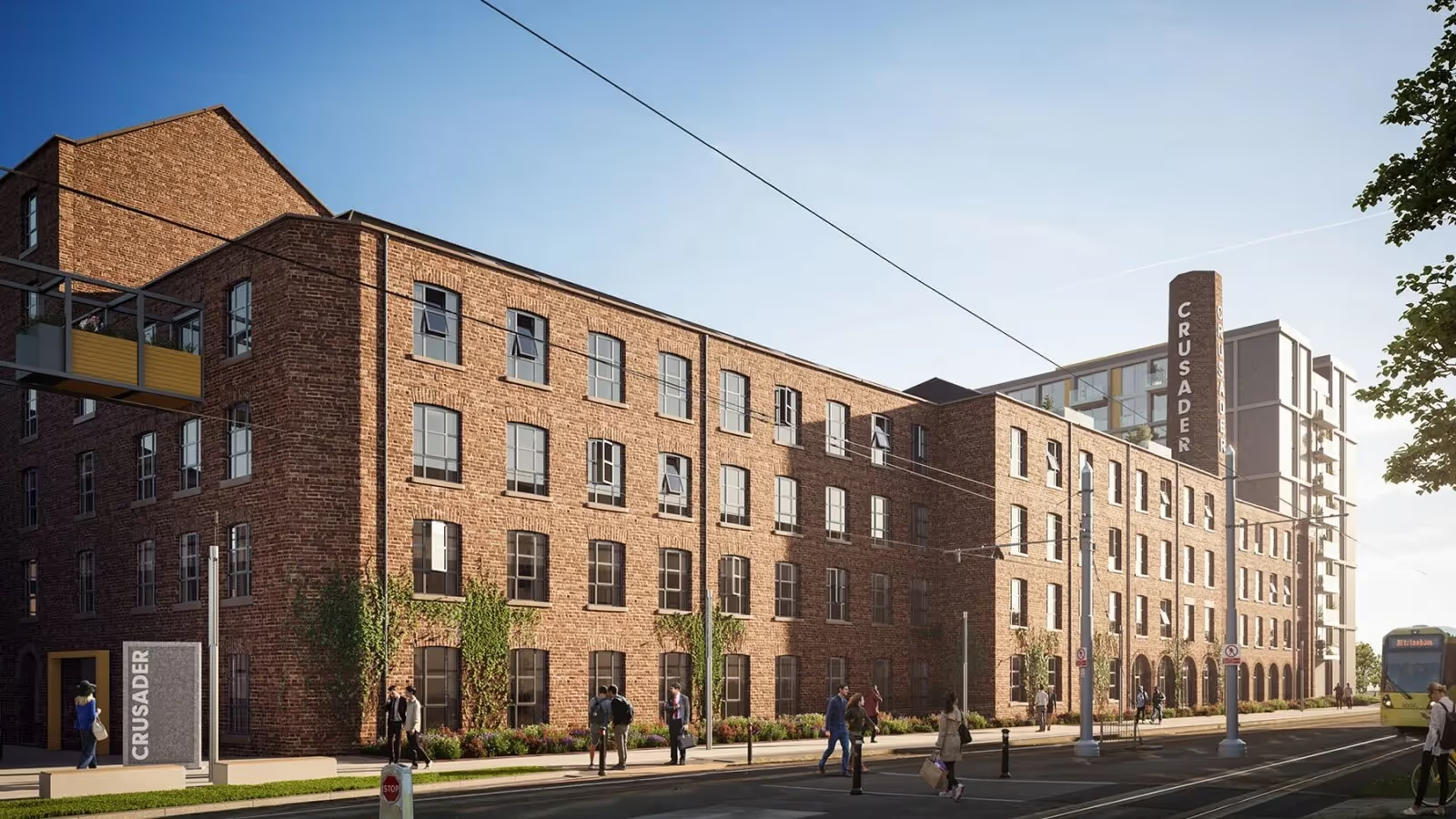
When we first bought Crusader Mill , near Piccadilly, we knew it was vital to ensure Rogue Studios – one the biggest art collectives in the north and housed across three dilapidated floors - had a future. We'll admit, brushes bristled at first, where the perception of big bad developer vs. exceptional creative force was entrenched. But we worked hard to overcome this, collaborating with Rogue and Manchester council to find a new home in the former Varna Street School. It’s provided better surroundings for the artists and secured a long-term future in a building that is safe. We're chuffed we’ll too have a lasting role as a Rogue sponsor going forward. Art can inspire wonder. When our first buyers at Crusader came together for an intimate get-together in the mill they all took home a repurposed original Crusader key, crafted by nearby designer and artist Jon Male.
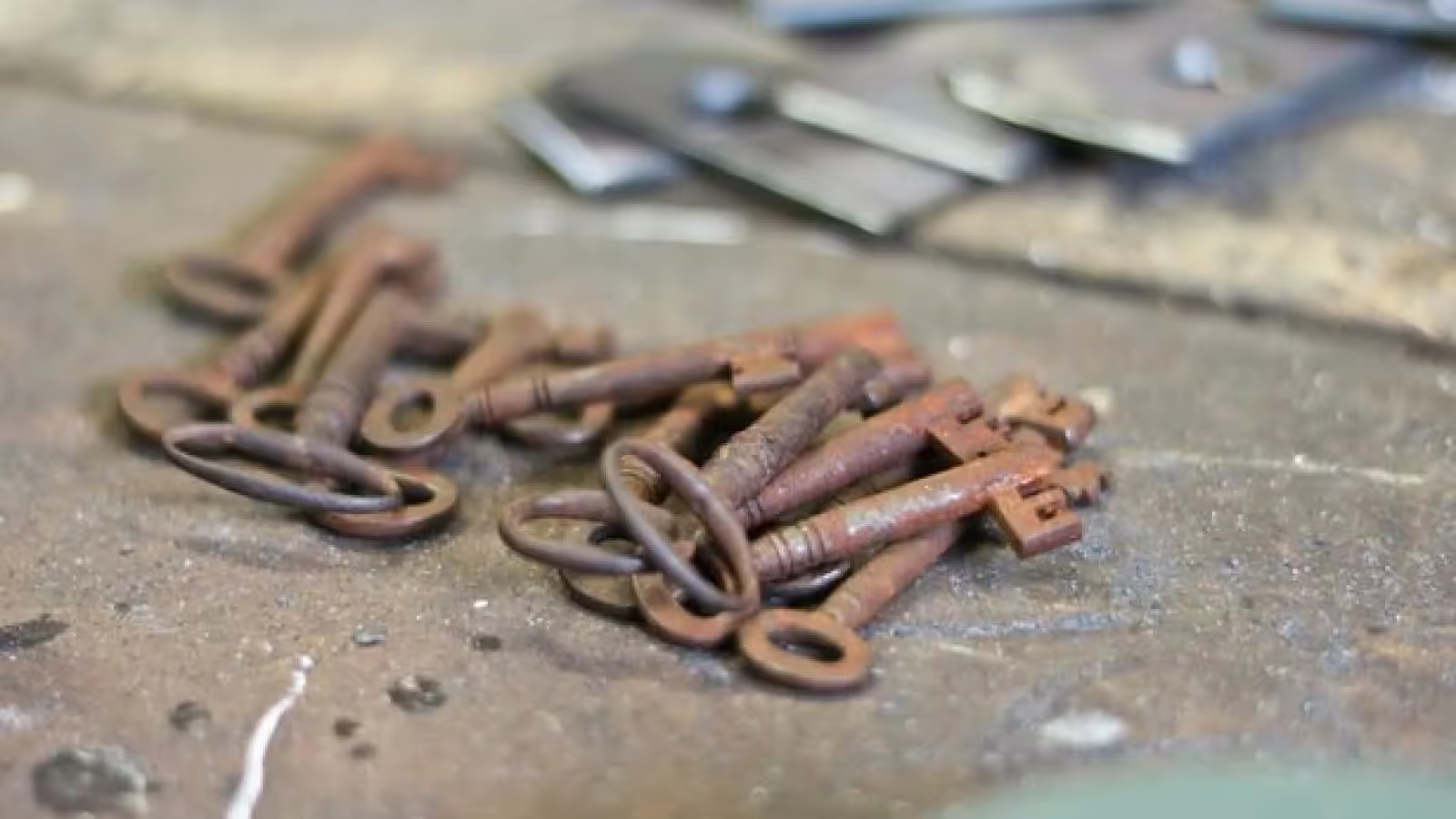
When our Littlewoods Building in Liverpool was adorned with a giant mural by global graffiti artist Replete and the city’s own star Betarok75, it created almost as much excitement and buzz as our actual vision for the derelict building. Similarly, Manchester’s own street murals are becoming increasingly cherished, an Instagram-friendly example of the city’s accessible art. We’re certainly not art experts and I can’t promise there won’t be any prints hanging in our loft apartments when they’re ready, but at least those viewing them may appreciate what they represent - the lasting commitment we’re trying to make to the creative talent of the neighbourhoods we work in.
Original article was featured in the MEN.


